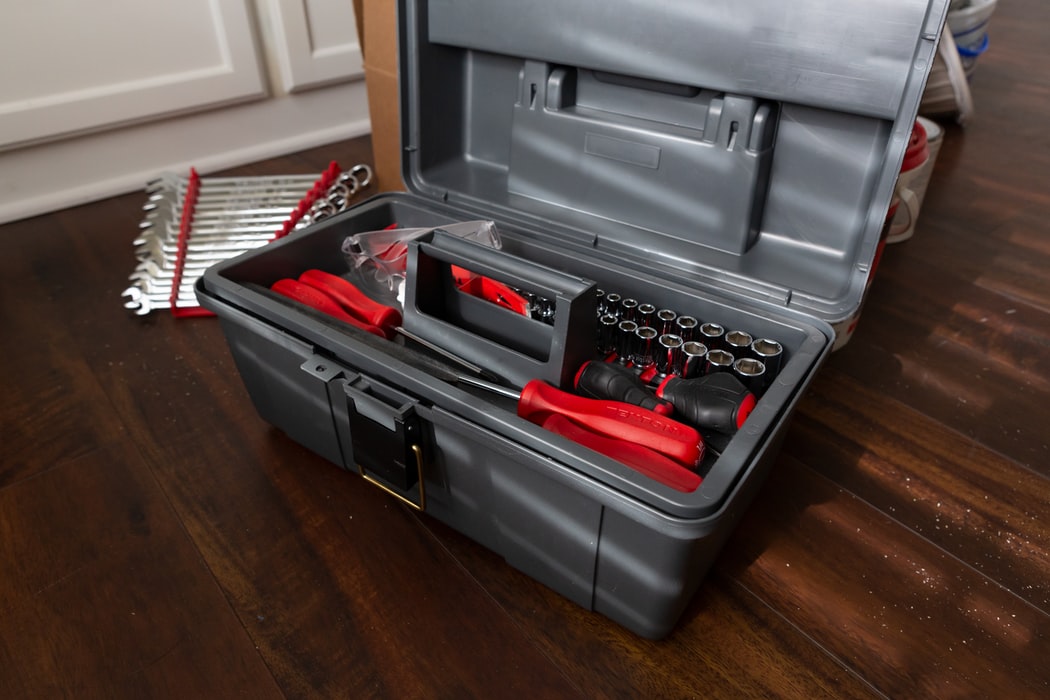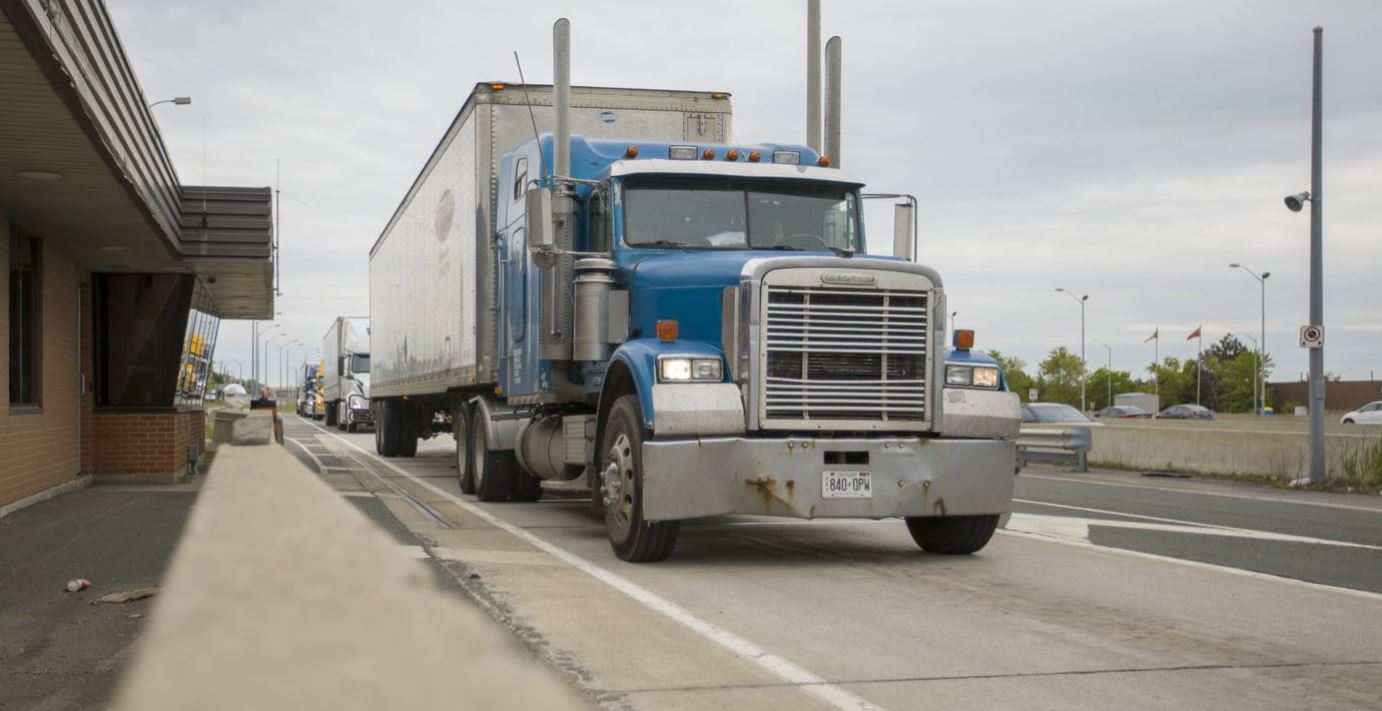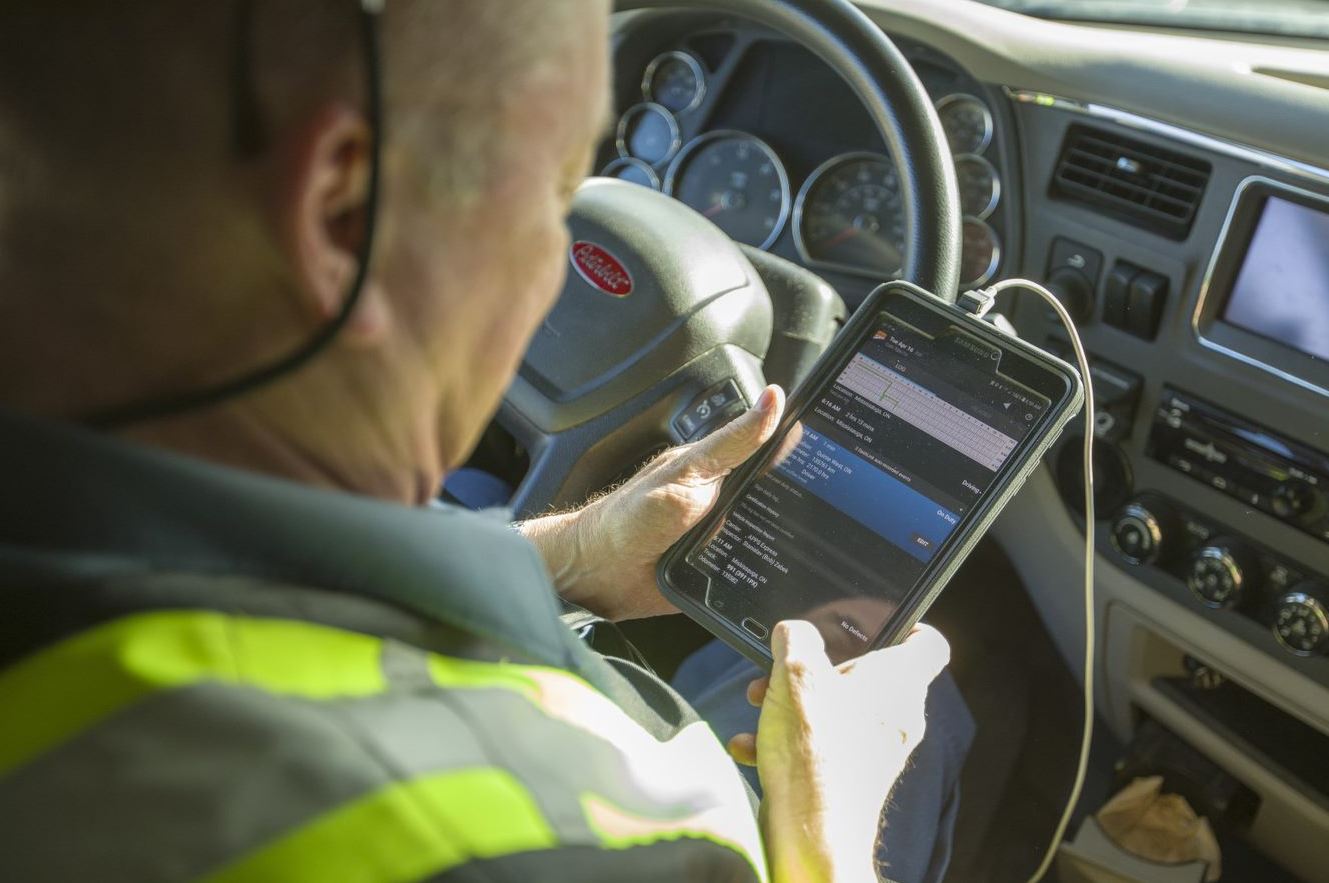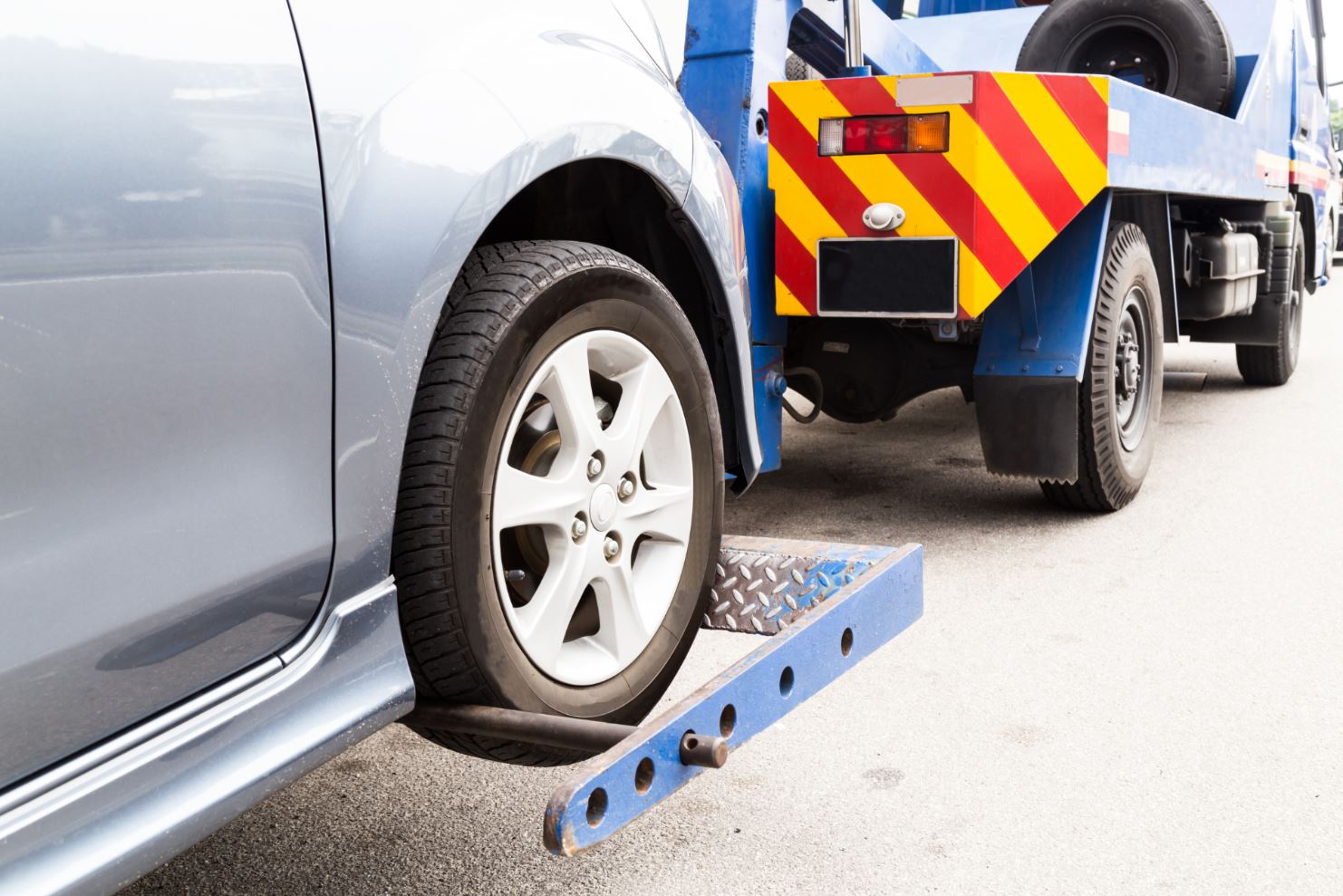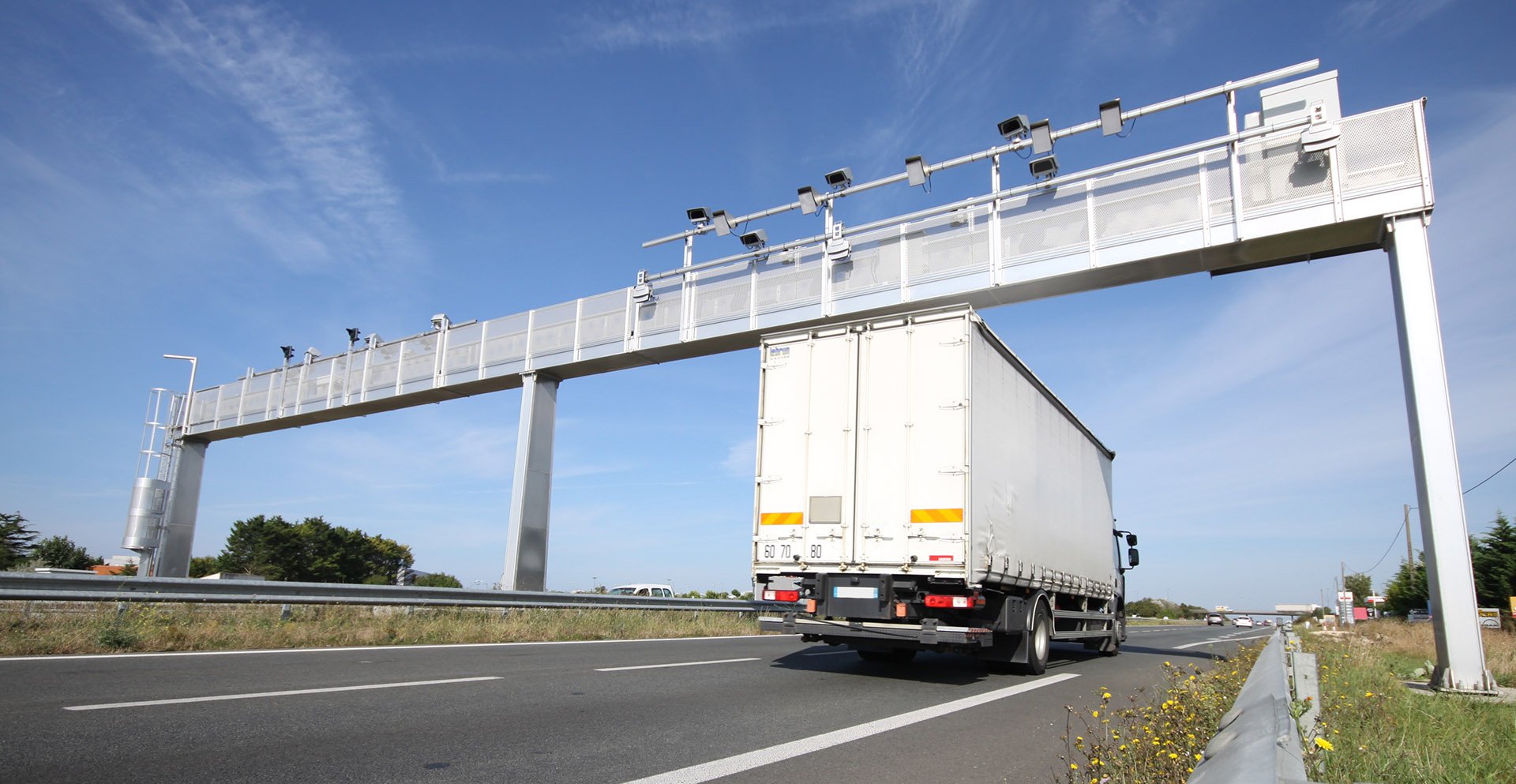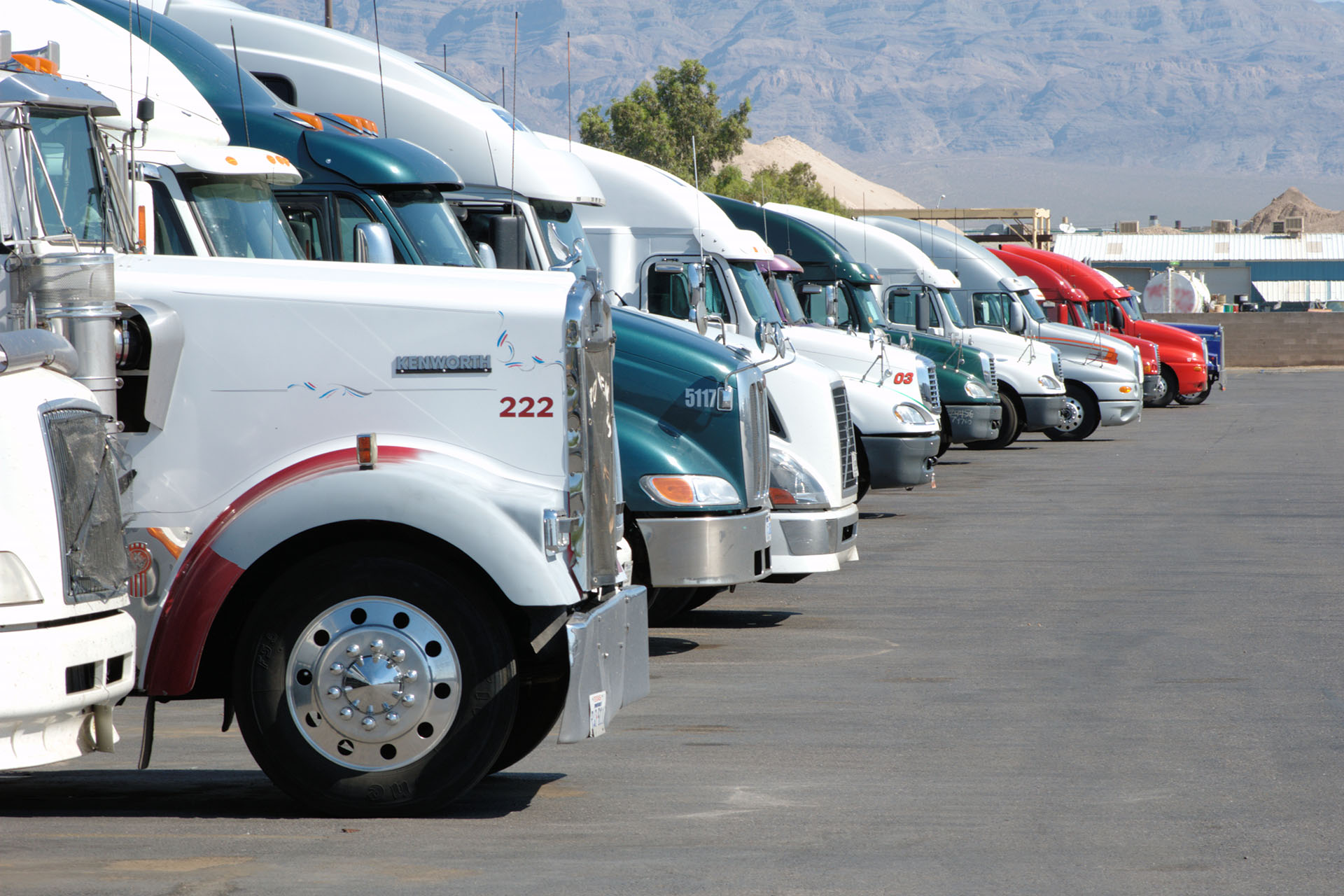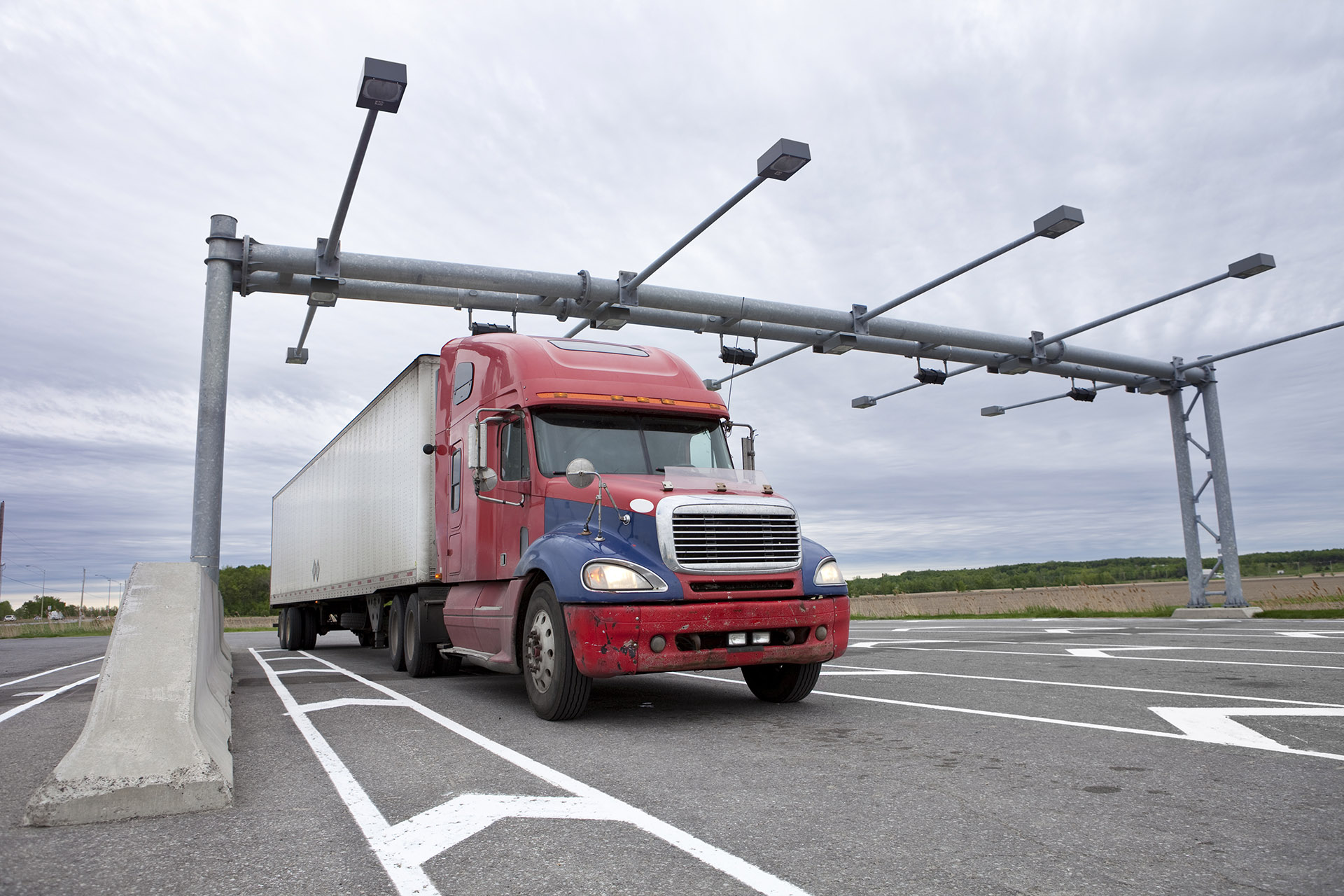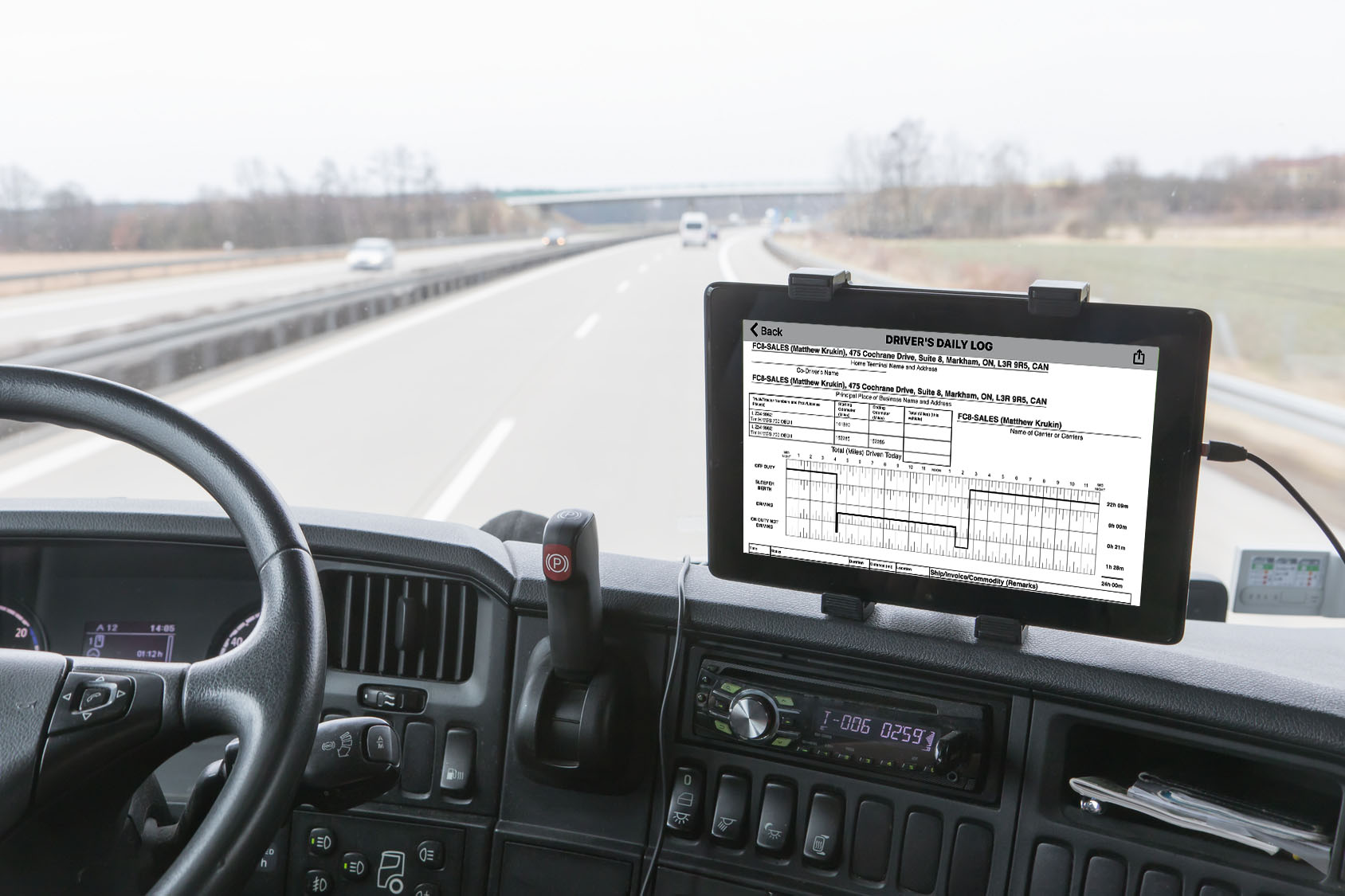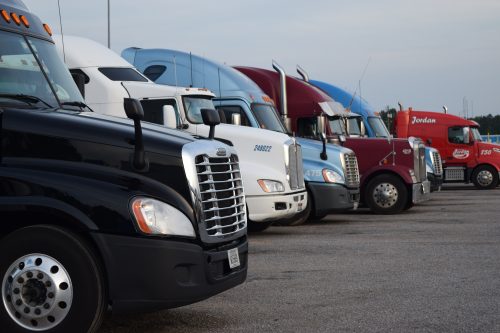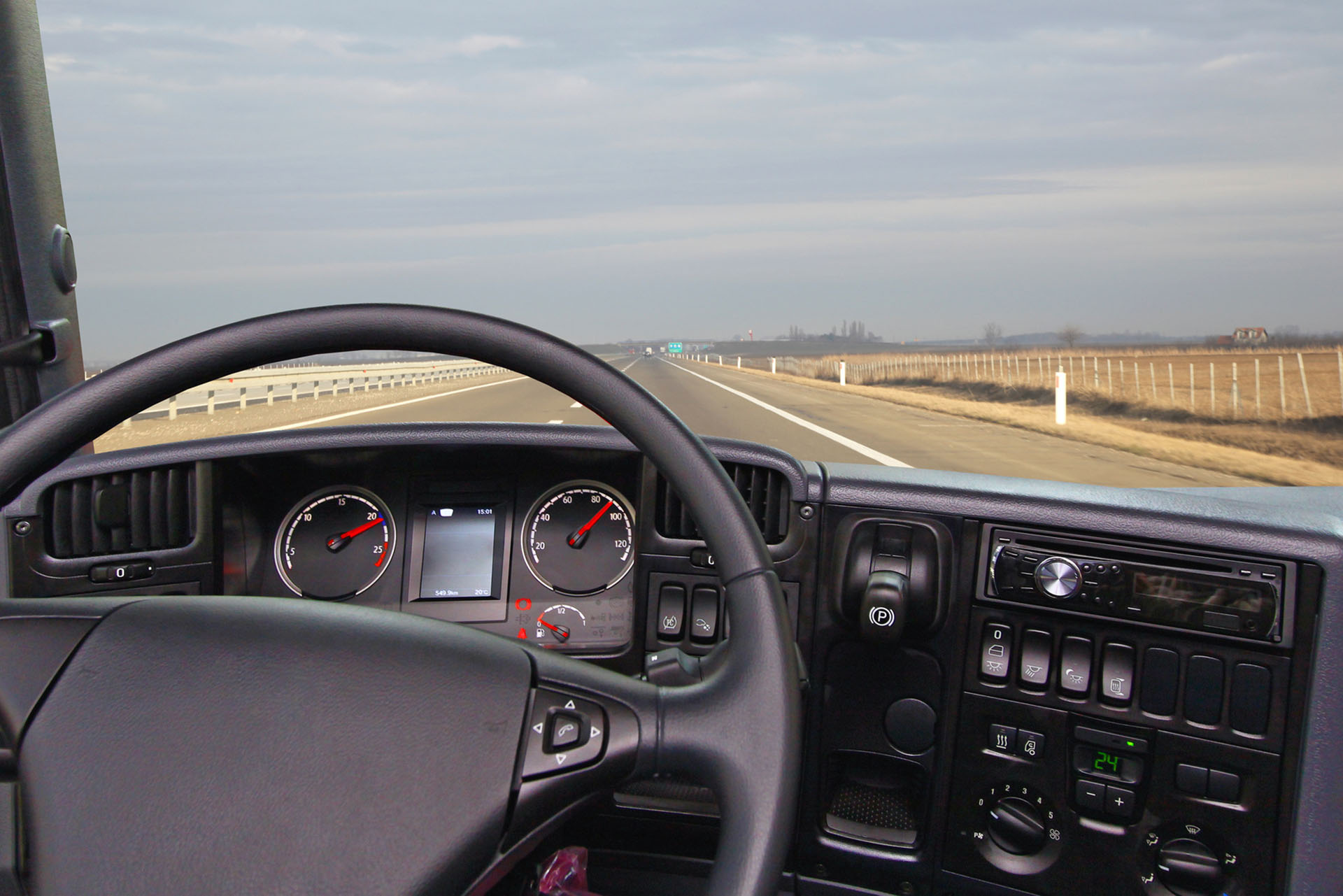Now that the electronic logging device (ELD) mandate is in force, it is time to look in a crystal ball to see what we can expect in the near future.
To begin, motor carriers and drivers subject to the ELD rule were required start using ELDs by December 18, 2017, unless they were using a grandfathered Automatic On-board Recording Device (AOBRD). Failure to comply could and would likely result in fines and penalties against both drivers and motor carriers.
Despite this fact, there’s still a significant number of motor carriers both small, medium and large that have yet to deploy an electronic logging device. The motivation for not moving forward with ELD is, likely, due to fact that the Commercial Vehicle Safety Alliance (CVSA), which is a nonprofit association representing state, provincial, territorial and federal law enforcement agencies, announced shortly before the ELD launch that State Inspectors will use soft enforcement during and agreed implementation phase.

What this means is that from December 18, 2017 to April 1, 2018 roadside enforcement personnel have begun documenting violations on roadside inspection reports against drivers, but they have not been ordered off the road, or out-of-service.
What many drivers are witnessing is enforcement personnel using their own personal discretion to decide whether to issue citations and penalties to commercial motor vehicle drivers, operating vehicles without a compliant ELD. Depending on a fleet size, one citation would likely pay for the associated costs of the ELD for a motor carrier.
What happens after April 1, 2018, is that citations and penalties will continue to be issued to drivers. The difference is that non-compliance with ELD will also now affect a motor carrier’s Hours-of-Service (HOS) Compliance Behavior Analysis and Safety Improvement Category (BASIC) scores. Equally significant is that a driver can and will be placed out of service (OOS) under the CVSA criteria for non-compliance with the ELD rules.
What this means is that motor carriers will have a significant challenge trying to keep their customers satisfied, when their freight is not delivered to its final destination according to agreed timelines, due to an OOS order on their driver.

Therefore, although the April 1, 2018 effective date for applying ELD out-of-service criteria does give truckers and shippers time to adjust to the rules, there are consequences for not complying both before and after April 1, 2018 date.
Some motor carriers may elect to not deploy the technology until after getting unwanted enforcement attention at roadside. Still, others may elect to continue operating without ELD, with the associated fines and penalties as being merely the cost of doing business until April 1, 2018.
From an ELD vendor perspective, it’s reasonable to assume that by mid-March 2018 there will be yet another spike of ELD orders placed by motor carriers to avoid the ramped-up enforcement that will start on April 1, 2018. Therefore, owner-operators, fleet operators, brokers, and shippers should not delay their ELD compliance plans.
Those that do not take advantage of the 3-month reprieve, may find themselves in a very challenging operational situation on April 1, 2018, if they have not selected and deployed an ELD solution.
















